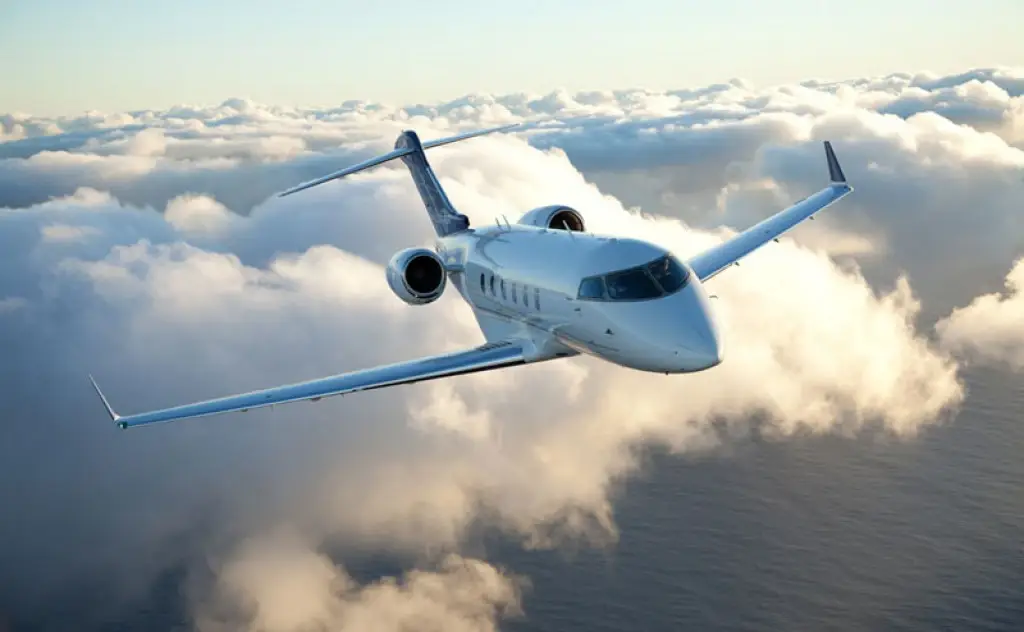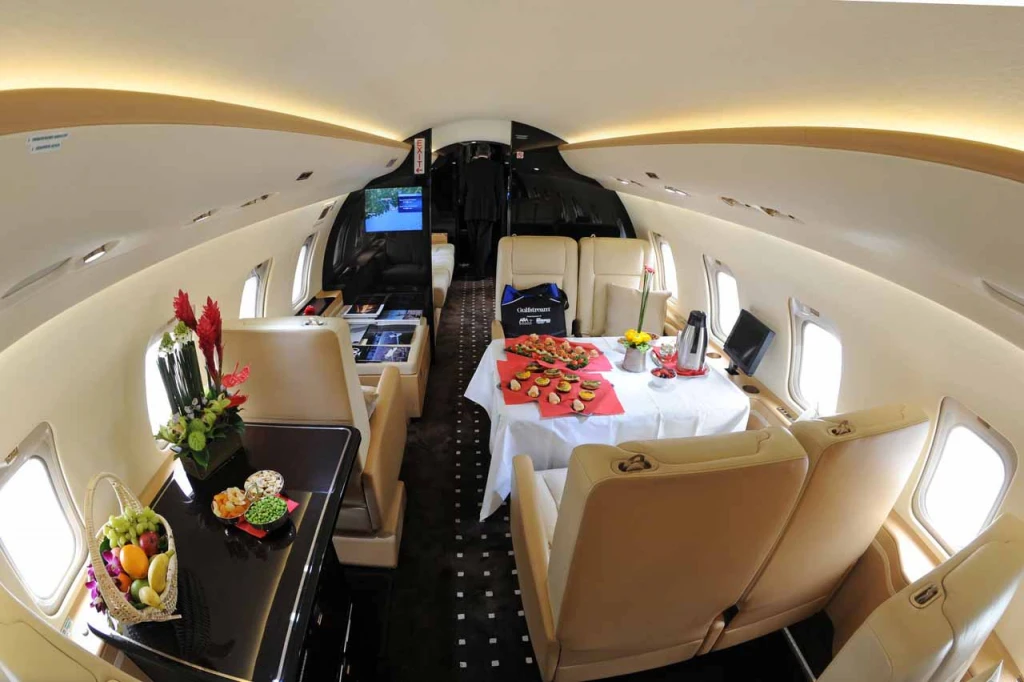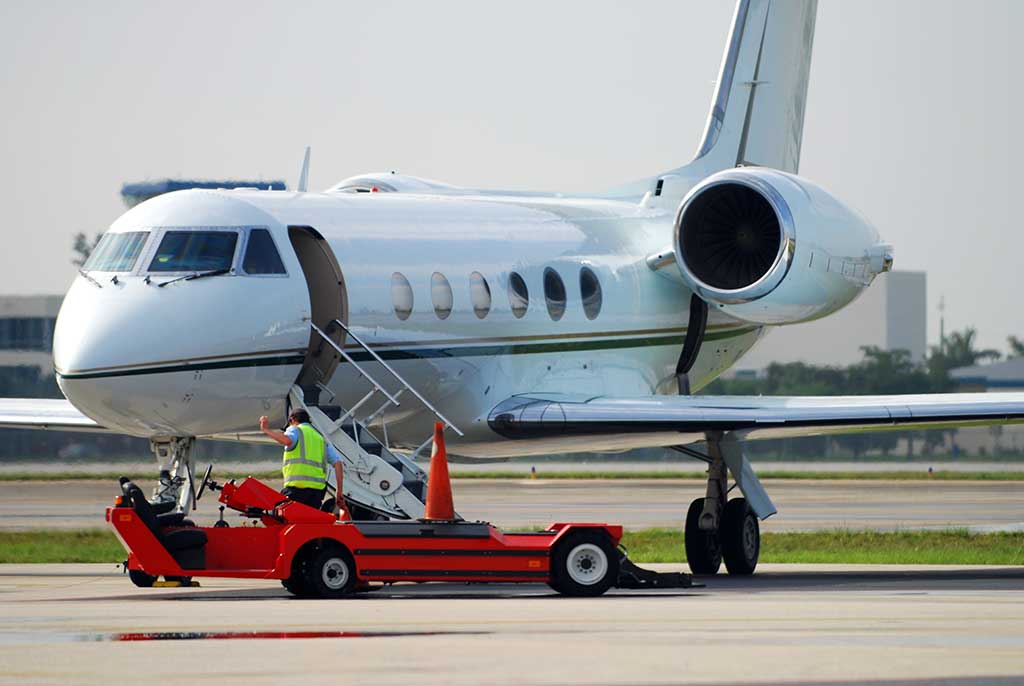Hypoxia refers to a condition where oxygen is deficient in the body's tissues, including the brain. In the context of private aviation, hypoxia can occur due to the high altitudes at which aircraft operate.
Hypoxia refers to a condition where oxygen is deficient in the body's tissues, including the brain. In the context of private aviation, hypoxia can occur due to the high altitudes at which aircraft operate. Here's how it happens:
Altitude-Related Hypoxia: As an aircraft ascends to higher altitudes, the air becomes thinner, resulting in a decrease in oxygen concentration. At cruising altitudes, the oxygen levels are significantly lower than at sea level. If the aircraft's cabin is not properly pressurized or if there is a failure in the pressurization system, the passengers and crew can experience a decrease in oxygen availability, leading to hypoxia.
Slow Onset Hypoxia: Hypoxia at high altitudes can sometimes have a slow onset, making it difficult to detect. As the oxygen levels gradually decrease, individuals may not immediately notice any symptoms. However, as the condition progresses, it can impair cognitive function, decrease reaction times, and lead to impaired decision-making and coordination.
Time of Useful Consciousness (TUC): Time of Useful Consciousness refers to the period an individual can function effectively in an oxygen-deprived environment before experiencing a significant decrease in cognitive abilities. TUC is typically shorter at higher altitudes. For example, at altitudes above 35,000 feet, the TUC can be as short as a few minutes without supplemental oxygen.
The altitude at which the air starts to become thin and pilots need supplemental oxygen to avoid hypoxia is approximately 10,000 feet above sea level. At this altitude, the oxygen levels in the atmosphere begin to decrease, making it essential for pilots and passengers to use supplemental oxygen to maintain adequate oxygen saturation in their blood. This altitude is often referred to as the "cabin altitude" in aviation terminology. Proper use of oxygen masks or systems helps prevent the onset of hypoxia and ensures the safety of individuals on board the aircraft.
To mitigate the risk of hypoxia in private aviation, several measures are implemented:
Pressurization Systems: Aircraft used for commercial and private flights are equipped with pressurization systems that regulate the cabin pressure and oxygen levels, maintaining a safe and comfortable environment for passengers and crew at higher altitudes.
Supplemental Oxygen: Pilots and passengers can use supplemental oxygen systems to ensure an adequate oxygen supply when flying at high altitudes or in emergencies where cabin pressure may be compromised.
Training and Awareness: Pilots undergo training to recognize the signs and symptoms of hypoxia and understand the importance of using supplemental oxygen when necessary. Passengers are typically informed about safety procedures and the availability of oxygen masks on board.
Pre-flight Planning: Pilots carefully plan their flight routes, taking into consideration factors such as altitude, oxygen requirements, and the availability of suitable airports in case of an emergency.
Monitoring Systems: Modern aircraft often incorporate advanced monitoring systems that alert pilots to any abnormalities in cabin pressure or oxygen levels. These systems provide early warnings to ensure prompt action is taken.
Maintaining adequate cabin pressurization and oxygen levels is crucial in private aviation to prevent the onset of hypoxia and ensure the safety and well-being of everyone on board the aircraft.








